If you want to live a long, healthy life, fiber is a critical nutrient — it’s important to eat plenty of it every day.
Yet fiber is an often underestimated and overlooked nutrient. And most people eating the modern industrialized diet aren’t getting nearly enough of it.
Could your diet be lacking fiber? Probably so.
Only 6% of Americans get the recommended amount of fiber. And fewer than 1 out of 10 adults in the UK meets adequate fiber intake.
However, in places where traditional diets are still eaten, like many of the Blue Zones that are home to some of the planet’s longest lived peoples, eating fiber-rich foods is par for the course. In fact, it may very well be that fiber is a major contributing factor to the longevity of Blue Zone residents.
A meta-analysis published in the American Journal of Epidemiology found that people who consumed the most fiber were 19% less likely to die over a decade, compared to those who ate the least.
Researchers analyzed 17 studies, including nearly a million participants, and found that every 10 grams of fiber consumed per day cut mortality risk by 10%. That’s quite a lot considering many people are getting less than half the recommended amount.
But why is fiber good for you? How can it benefit your health? How much fiber do you need daily? And how can you ensure you’re getting enough fiber in your diet?
What Is Fiber, Exactly?
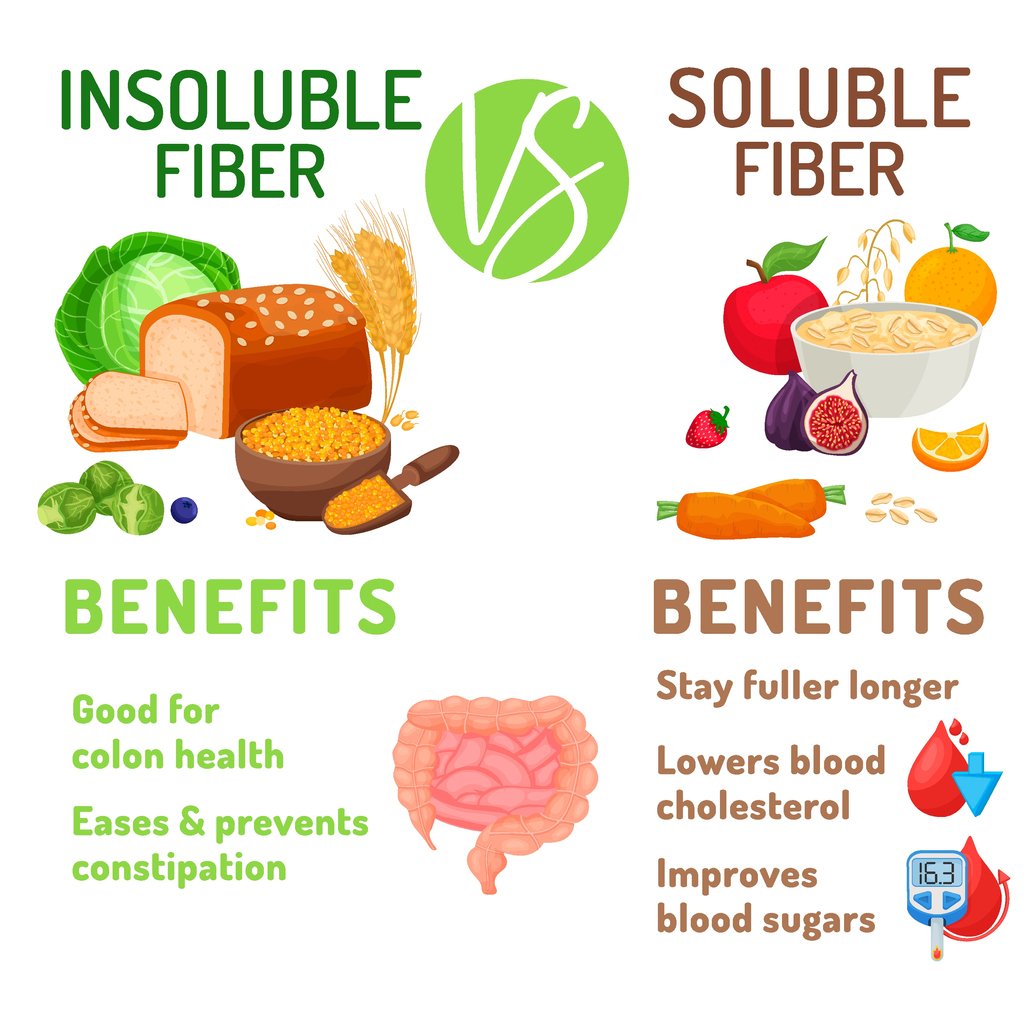
So, what is this fiber that you’ve heard you’re supposed to eat more of?
Fiber is found in the cell walls of plants, where it provides structure and functions as a skeleton of sorts for the plant. And when we eat it, fiber passes through our digestive systems whole since we don’t have the digestive enzymes needed to break it down. For that reason, it doesn’t provide a direct calorie source to us, but it does act as fuel for healthy bacteria in our gut. And that is one of the reasons it’s critical for optimal health.
There are two types of fiber: soluble and insoluble. Each performs a different job in your body.
Soluble fiber dissolves into a gel in your digestive tract with the addition of water. It slows down digestion, which helps with blood sugar balance and cholesterol, along with the absorption of nutrients. Soluble fiber is found in foods like whole grains, beans, nuts and seeds, as well as some fruits and vegetables.
Insoluble fiber adds bulk to your stools and acts like a broom, cleaning out your digestive tract. It promotes healthy bowel movements and also helps with insulin sensitivity. You can find insoluble fiber in whole grains, vegetables, and wheat bran.
Both soluble and insoluble fiber are found naturally in plant foods. And many plant-based foods have both. Meat, dairy products, fish, eggs, and oils, however, don’t contain any fiber. And processed foods made with refined flour generally contain very little, if any, because natural fiber is lost or removed in manufacturing them.
Prebiotics and Resistant Starch
Prebiotics fall under the soluble fiber umbrella and also act as the food for select gut bacteria, namely probiotics. Prebiotic-rich foods include things like jicama, allium vegetables, legumes, and leafy greens.
Resistant starch is a type of fermentable carbohydrate that is also a prebiotic and a type of fiber because it’s not digestible. Whole grains, potatoes, and green bananas are all good sources of resistant starch. This type of starch improves insulin sensitivity, and produces short-chain fatty acids in the gut, which keep your gut and immune system healthy. These fatty acids also circulate throughout your body and can regulate inflammation and talk to your cells and tissue.
Benefits of Fiber

There are many documented health benefits that fiber brings.
Fiber and Gut Health
Does fiber help you poop? Yes, it does! And being able to do so daily is more important than you might think. Constipation is not only uncomfortable, but it may increase your risk for chronic diseases like cancer, hormonal imbalances, and even cardiovascular disease. Fiber aids in the elimination of toxins through your digestive tract. Without it, these toxins may be reabsorbed into your body through your intestines and wreak havoc on your health.
Getting enough fiber also has a significant impact on the composition of your microbiome. As mentioned earlier, certain fibrous foods are also prebiotics, which contribute to your population of good gut bacteria. Increasing your fiber intake can alter your microbiota in as soon as two weeks, allowing you to crowd out any bad guys that could be causing gastrointestinal and other health issues.
Does Fiber Help You Lose Weight?
Studies are showing that consuming more fiber can indeed lead to weight loss. In the POUNDS Lost Study, a diet designed to include 20 grams of fiber or more (which is higher than the average US consumption) was given to participants who were overweight or obese — and their calorie intake was also reduced. Researchers found that dietary fiber promoted weight loss independent of caloric restriction and even increased adherence to other dietary adjustments.
Fiber may contribute to weight loss due to its impact on satiety. Soluble fiber mixes with water in the gut to create a kind of gel. This gel-like substance slows the absorption of sugars into the bloodstream while triggering stretch receptors in your stomach, telling your body that you’ve had enough. As a result, you may feel full and satisfied while taking in far fewer calories for the same volume of food — fiber-rich, whole foods generally have fewer calories to begin with — compared to a meal based on the animal products and/or processed foods that are common in modern, industrialized diets.
Fiber and Cancer Prevention
Fiber is an essential part of your waste removal system – constantly eliminating carcinogens before they become a problem. For instance, fiber works to prevent colorectal cancer by improving intestinal transit time – literally sweeping away carcinogens.
In a study at the National Cancer Institute called the Polyp Prevention Trial (PPT), published in the Journal of Nutrition, participants were put on a low-fat, high-fiber diet high in fruits and vegetables. Researchers focused on the recurrence of colorectal adenomas (polyps).
After adjusting for variables, it was found that the one food that made a difference in whether or not participants had a recurrence of adenomas was the amount of beans they consumed. Many researchers believe this is because beans were the highest source of dietary fiber for most of the study participants.
But, fiber’s anticancer benefits don’t stop at colorectal cancer. It also reduces the risk of cancers of the breast, prostate, mouth, and throat.
And the benefits are significant. A study published in the Annals of Oncology concluded that every 10 grams of fiber you eat is associated with a 10% reduced risk of colorectal cancer and a 5% fall in breast cancer risk.
According to a study in Pediatrics, women who consume at least 28 g per day of fiber have a 24% lower risk of developing breast cancer before menopause, compared with women who eat the average US fiber intake of about 14 g per day.
The women who consumed the highest amount of dietary fiber in the study also reduced their lifetime risk of developing breast cancer by 16%.
Is Fiber Good for Your Heart?
Many cardiologists recommend eating oatmeal for breakfast. Their #1 reason? Oatmeal is a rich source of soluble fiber, and studies have found that it has a positive impact on cholesterol.
Further research in a review and meta-analysis of 22 different publications found greater amounts of dietary fiber were associated with a lower risk of both cardiovascular disease and coronary artery disease.
Dietary fiber may also help reduce systemic inflammation markers in the body that are associated with cardiovascular disease and other diseases. Its impact on inflammation is also important for heart health because inflammation may be a risk factor for high blood pressure.
Fiber and Blood Sugar
Fiber has a unique ability to help regulate blood sugar. This is one of the reasons that many dietitians and other lifestyle medicine practitioners recommend that people with type 2 diabetes consume beans and other legumes. These high-fiber powerhouses help slow the absorption of glucose, while also regulating blood sugar over time.
In a study reported in Nutrition Journal, researchers tested the glycemic response of traditional beans and rice meals compared to rice alone.
Seventeen men and women who had diabetes were given either plain white rice or white rice with black beans, white rice with pinto beans, or white rice with kidney beans. Then, researchers measured participants’ blood glucose at 90, 120, and 150 minutes. Compared with the solely white rice eaters, all groups who ate beans with their rice had better blood sugar control, with pinto and black bean-eaters faring best of all. (Remember insulin-sensitivity-improving resistant starch from earlier on? Beans and other legumes are good sources of it!)
So, whether you have type 2 diabetes, prediabetes, or just want to have steadier blood sugar balance and insulin sensitivity throughout the day in order to feel better and have more energy, a high fiber, plant-powered diet, that includes beans, may be able to help you feel your best.
How Much Fiber Do You Need?
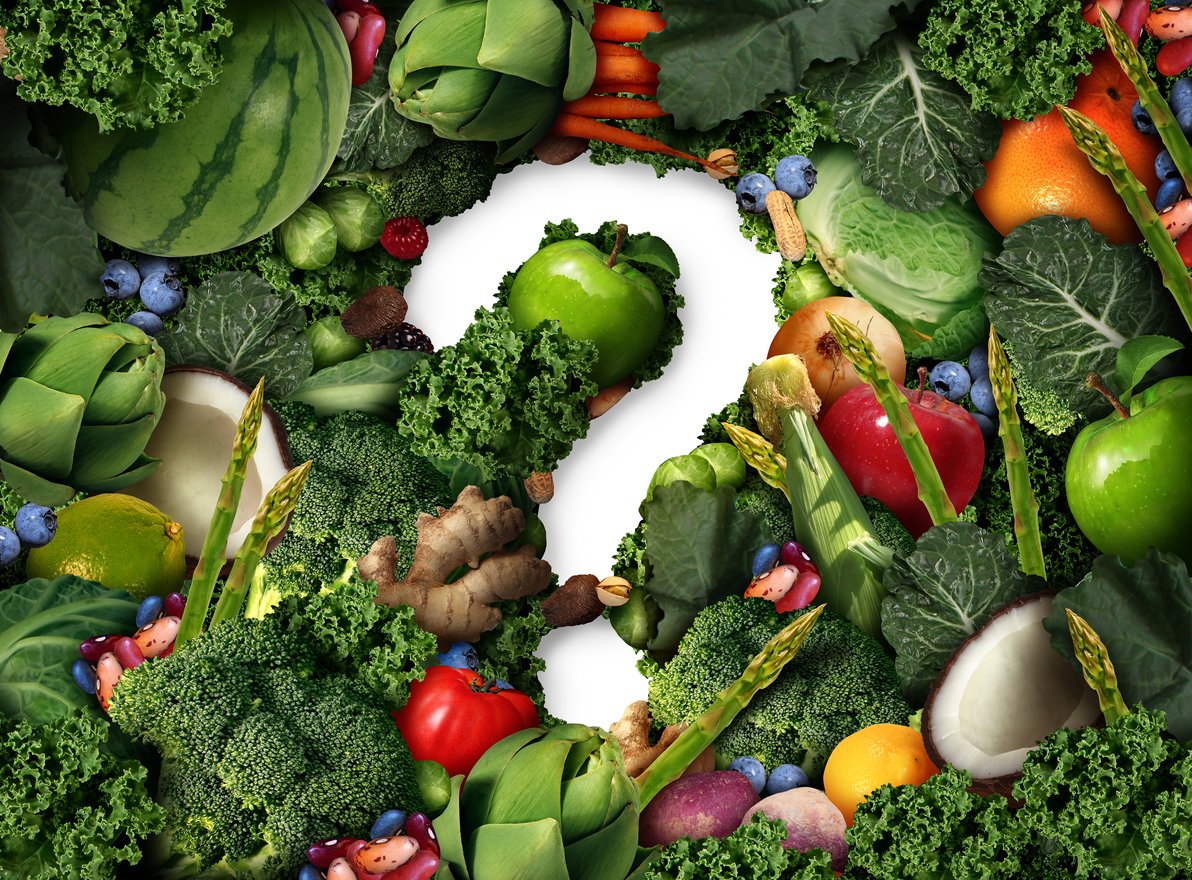
Dietary guidelines for fiber vary, but most countries and professional health agencies recommend intakes between 25–35 g per day for adults. Although the US changed its fiber recommendation in 2016 from 25 g per day to 28 g per day (or 14 g per 1,000 k/cal), most adults are still only getting about half that amount daily.
However, some experts believe that fiber intakes should be much higher than what’s currently recommended. The Physicians Committee for Responsible Medicine (PCRM)’s fiber recommendation is currently 40 g per day. But even that fall shorts of the 100 g average our ancestors may have been eating. Although that amount of fiber may not be feasible or even advisable these days, evidence suggests that most people could do with more rather than less fiber in their diets.
What Are the Best High Fiber Foods?
Now that you know the health benefits of getting enough fiber, what are some of the best fiber-rich foods you should be eating?
Given that fiber is best found in its natural state and fiber is found only in plant foods, fill your plate with fiber-rich foods, such as:
- Vegetables
- Fruits
- Beans and other Legumes
- Whole grains
- Nuts and seeds
Some people take fiber supplements, but they are likely of limited value as they are missing the beneficial vitamins, minerals, antioxidants, and phytochemicals also found in whole plant foods.
This infographic can also help you choose the best high-fiber foods, though it isn’t comprehensive:
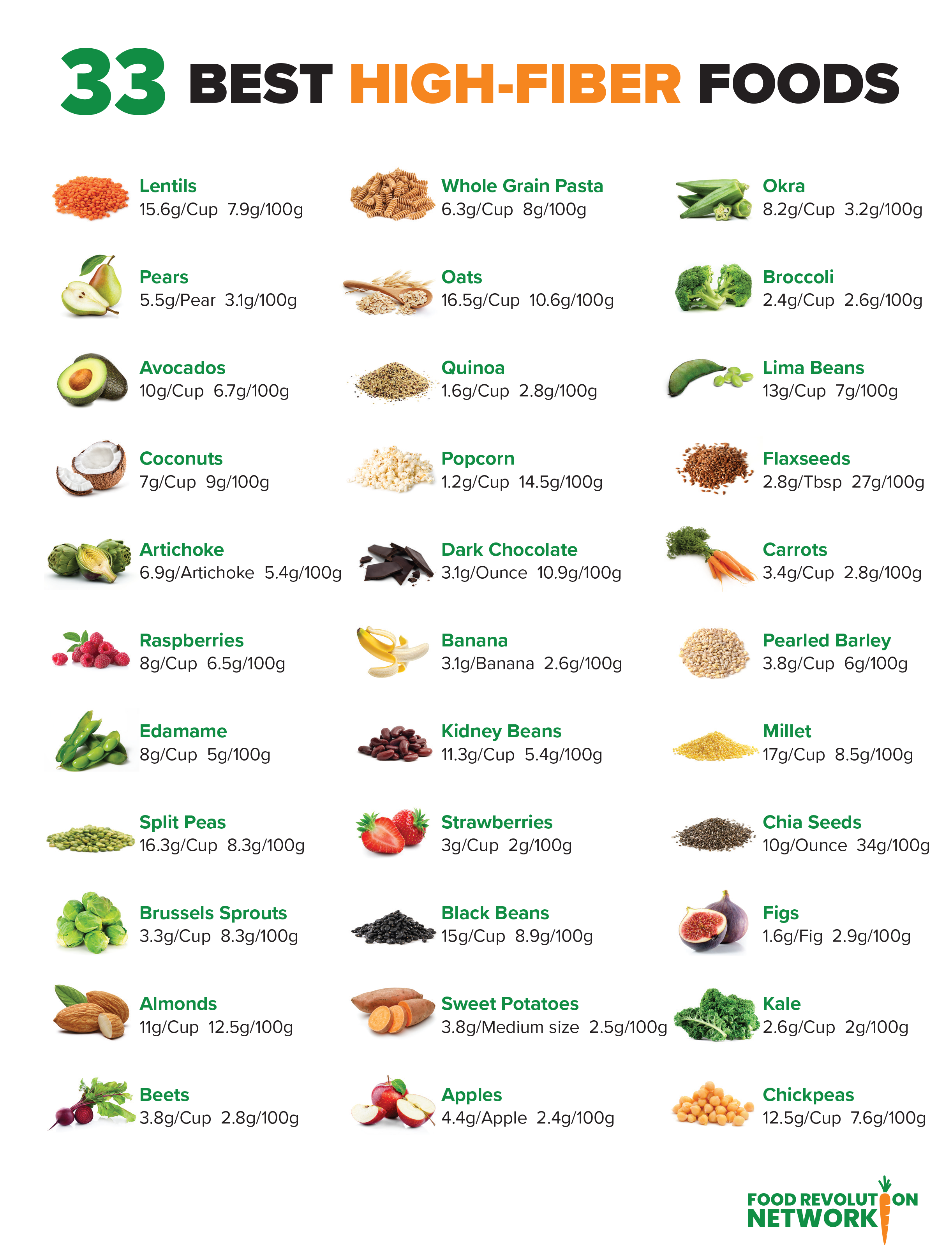
How to Get Enough Fiber in Your Diet
Here are some easy ways to add more fiber to your diet:
- Choose whole grains instead of white bread and white flour products
- Choose beans over beef (or any other animal product)
- Add a source of resistant starch, like potatoes, in addition to a serving of another high-fiber veggie
- Choose oatmeal with berries instead of eggs or commercial breakfast cereals
- Snack on fiber-rich foods, such as sliced apples with peanut butter, or veggies and hummus
- Skip meat, dairy, and processed foods like cookies, crackers, chips, and sodas
Specific foods vary in their fiber content, but if you want to gauge how much fiber to eat, it can be helpful to estimate the number of grams of fiber in different food groups.
The Physicians Committee for Responsible Medicine offers this information in a handy chart.
| Beans (cooked): One serving = ½ cup |
7 grams |
| Soy: One cup of soymilk or ½ cup tofu |
1 gram |
| Vegetables: One serving = 1 cup |
4 grams (lettuce is 2 grams) |
| Fruit: One serving = 1 medium piece of fruit |
3 grams 1 cup of juice is one gram |
| Grains (cooked): One serving = ½ cup Whole grains are higher in fiber than processed grains |
1 gram in processed grains like white bread, white rice, processed cereal 2 grams in whole wheat bread and whole wheat pasta 3 grams in whole grain cereal and brown rice 4 grams in oatmeal 8 grams in bran |
| Meat, Poultry and Fish | 0 grams |
| Eggs and Dairy | 0 grams |
| Soda | 0 grams |
To understand how much fiber you’re getting, here’s what you can do: Write down everything you ate and drank for one entire day and jot down your fiber score according to this chart.
As you track your fiber intake, you’ll notice that if your diet is made primarily from whole plant foods and includes plenty of beans, whole grains, fruit, and vegetables, you’re probably getting a good amount of fiber.
However, if you’re eating meat, dairy, and processed foods — like white bread, cookies, crackers, chips, and soda, it can be challenging to achieve the goal of 40 grams, or even 28 grams, of fiber per day.
How to Understand What Your Fiber Score Means
Less than 20 grams of fiber per day
Your score is pretty typical for most modern industrialized nations, but it’s not doing your health any favors.
With less than 20 grams of fiber per day, you may be hungry often and have trouble with constipation and other digestive issues. At this level, the risk for certain chronic diseases, including heart disease and some forms of cancer, is also increased.
But, the good news is, it’s easy to change all this by incorporating more fiber-rich foods into your diet!
20-39 grams of fiber per day
You’re doing better than a lot of people eating the standard American diet, but you still may have room for improvement.
Focus on crowding out foods that contain little to no fiber by adding more fiber superstars to your meals — like beans and lentils. By doing so, you’ll probably find that you feel more satisfied, and that maintaining a healthy weight becomes easier. Plus, you’ll further reduce your risk of chronic diseases and early mortality.
40+ grams of fiber per day
Your diet is loaded with fiber-rich whole plant foods. You’re in the less than 6% of the population that is actually getting PCRM’s recommended amount of fiber. Way to go!
A Fiber-Rich Meal Plan
What does high-fiber eating look like?
If most people eat less than the recommended amount of fiber per day, you may be thinking, how am I going to eat 40 or more grams of fiber (or even 28) per day?
It’s easier than you think. Here’s what a typical day might look like:
Breakfast: Buckwheat Chia Pancakes
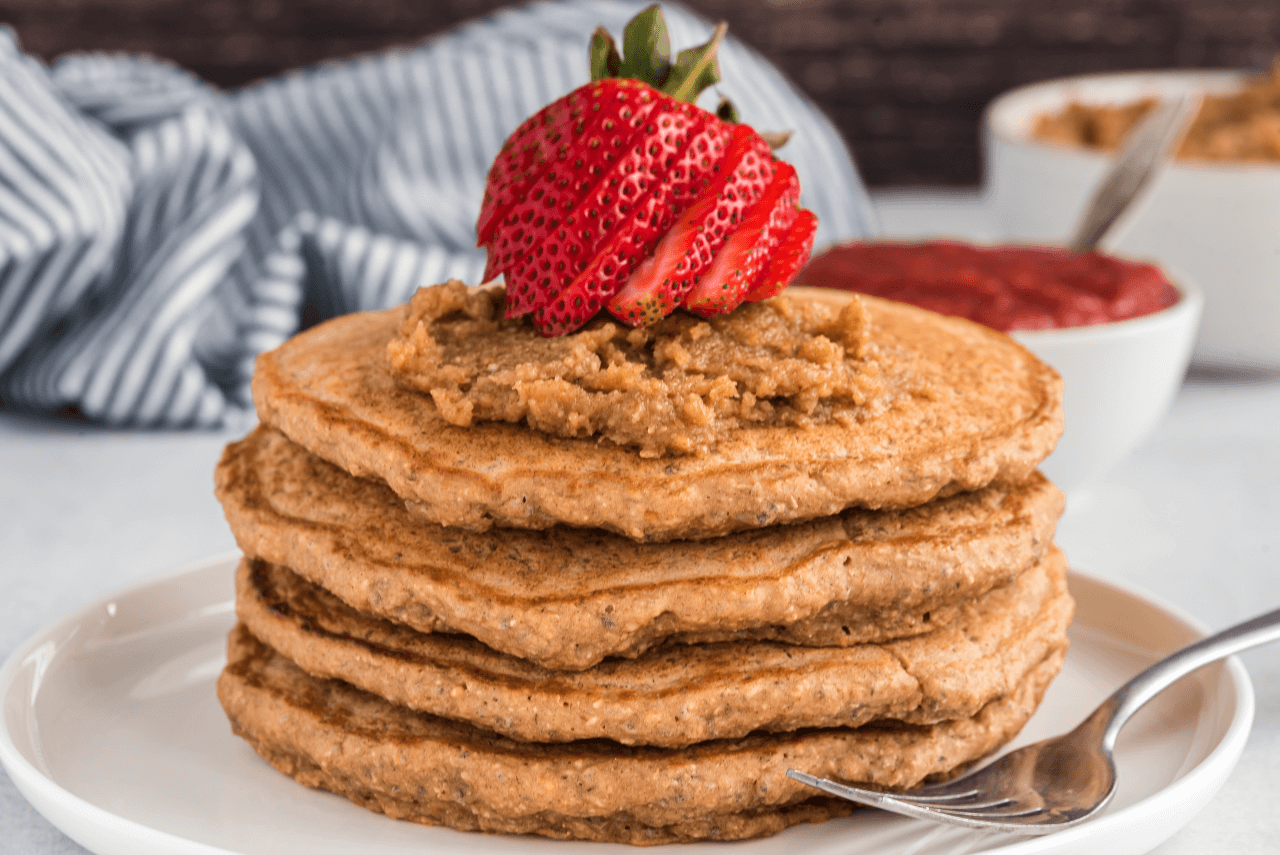
13 grams for the buckwheat + 2 grams for the chia + 1 gram for the mashed banana = 16 grams of fiber
Lunch: Avocado Salad
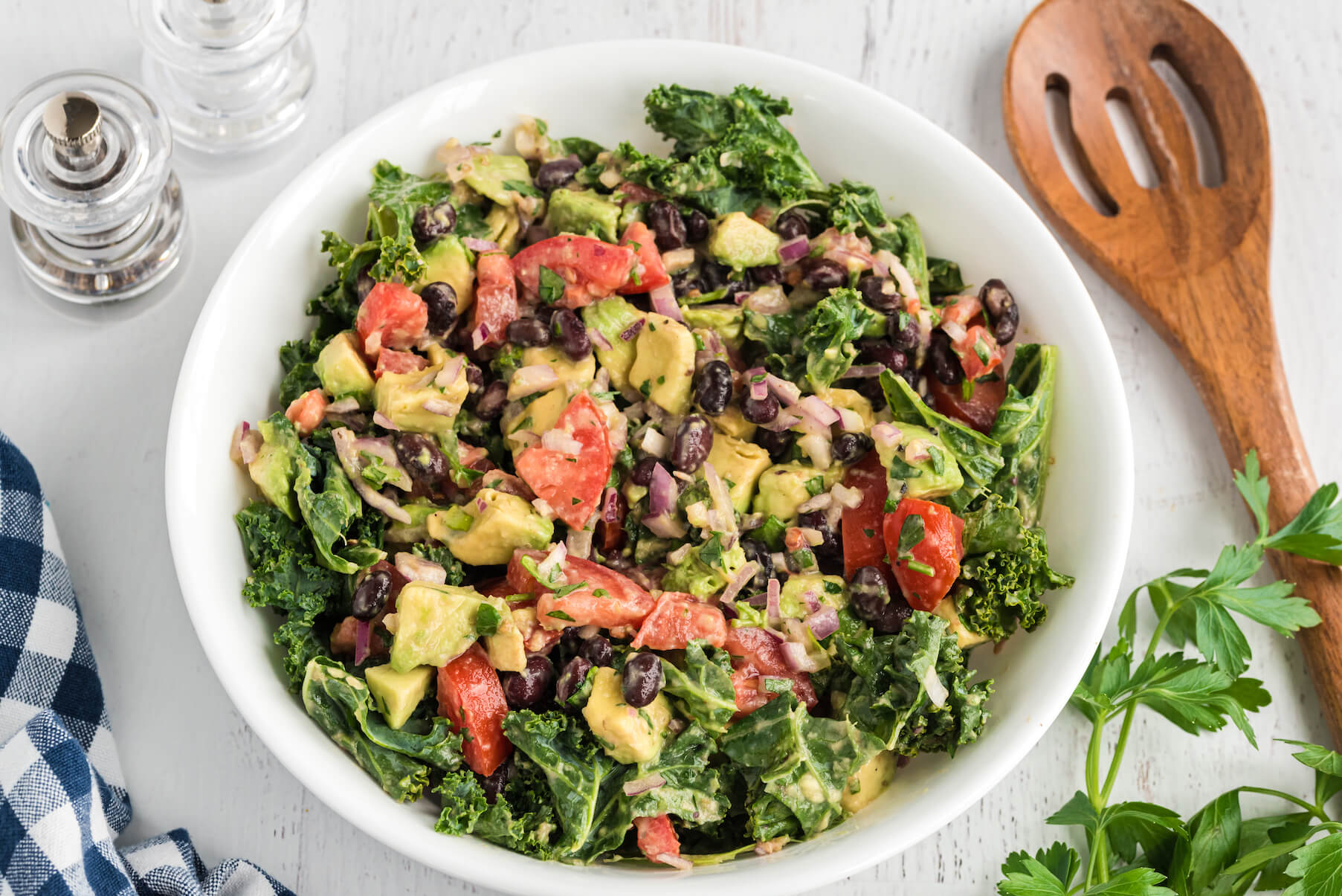
4 ½ grams from the avocado + 4 grams from the black beans + 2 grams from the arugula, tomato, onion and cilantro = 10.5 grams of fiber
Snack: Moroccan Baked Chickpeas
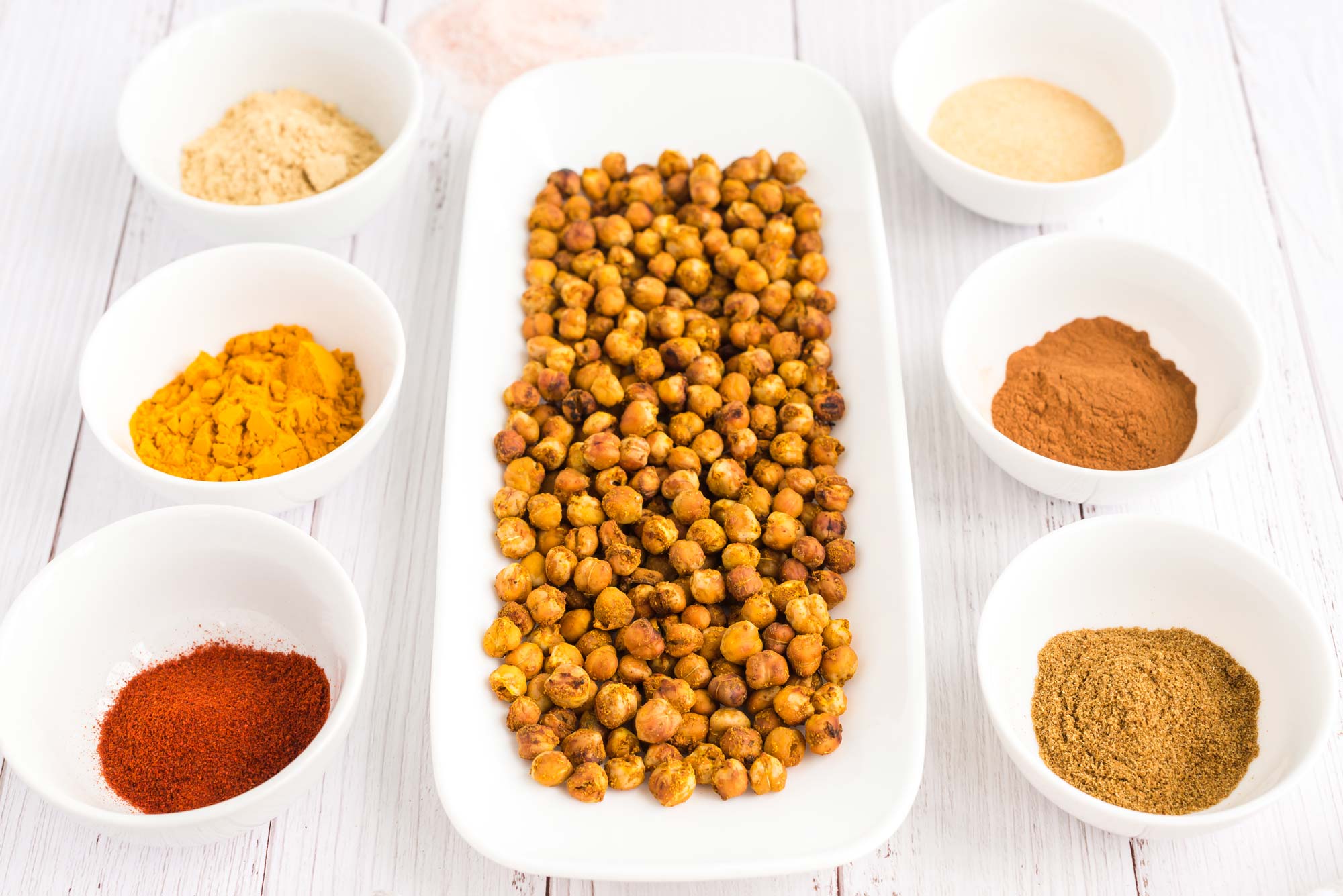
Chickpeas = 7 grams of fiber
Dinner: Vegan Mince Lettuce Tacos
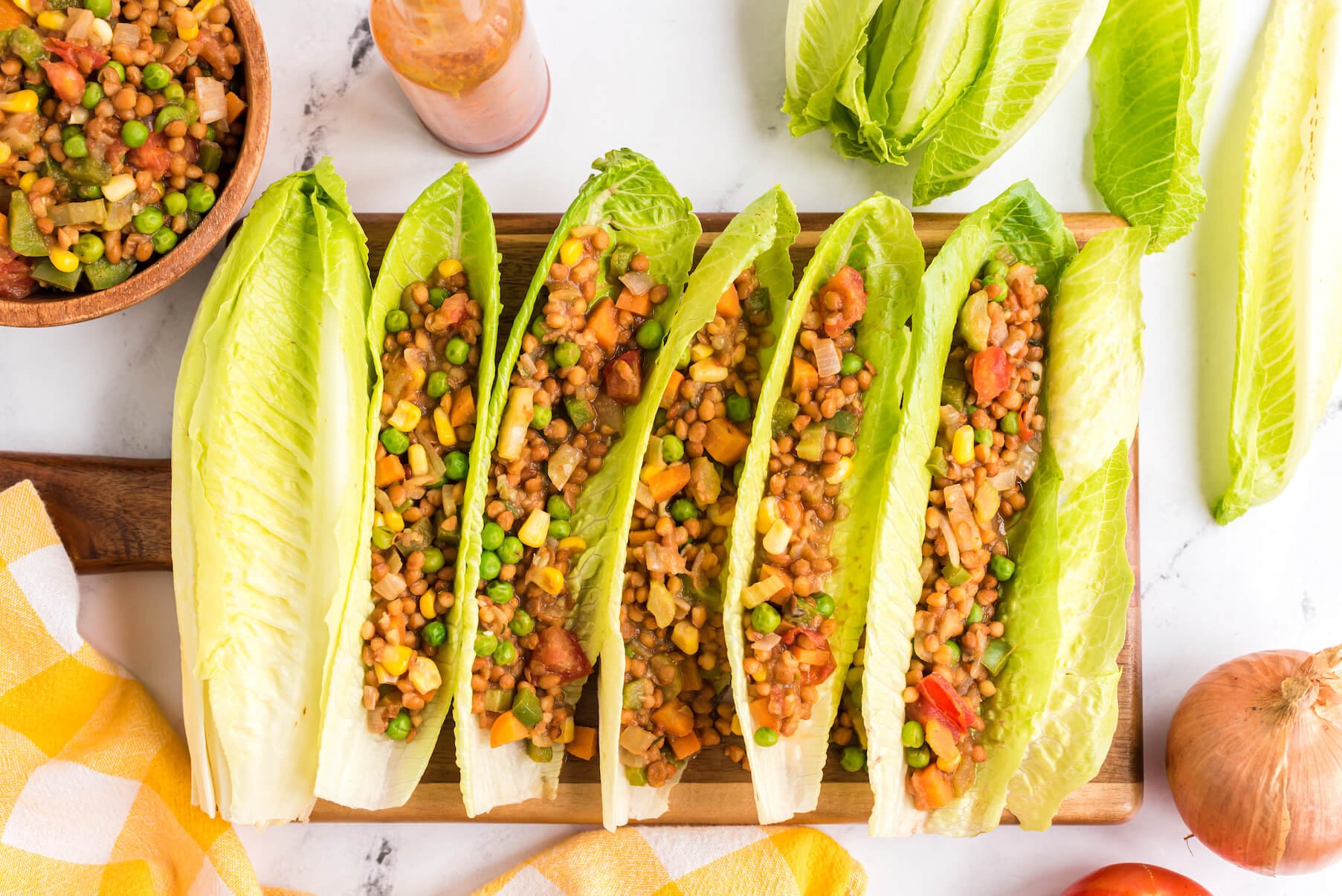
6 grams from the lentils + 3 grams from the veggies including romaine lettuce shells = 9 grams of fiber
Total Fiber for this Meal Plan: 42.5 grams
Take Action for Your Health: Fiber Challenge
Now that you know why fiber is so good for you, and how to get enough fiber in your diet, team up with a friend or family member and challenge yourself and each other to reach 40 grams of fiber per day on a consistent basis.
If you’re new to eating a lot of fiber, be sure to add it to your diet slowly, because increasing your fiber intake too quickly can cause bloating and gas or other negative side effects. It’s also important to drink plenty of water while increasing your consumption of fiber-rich foods. When your body becomes used to the increase in fiber, you probably won’t experience any discomfort.
Getting more fiber in your diet is essential, and possible, especially as you follow a more whole foods, plant-based diet.
Tell us in the comments:
- Do you get enough fiber?
- What’s one simple change can you make today to start incorporating more fiber into your diet?
- What benefits have you noticed from adding more fiber to your diet?
Featured Image: iStock.com/apomares



